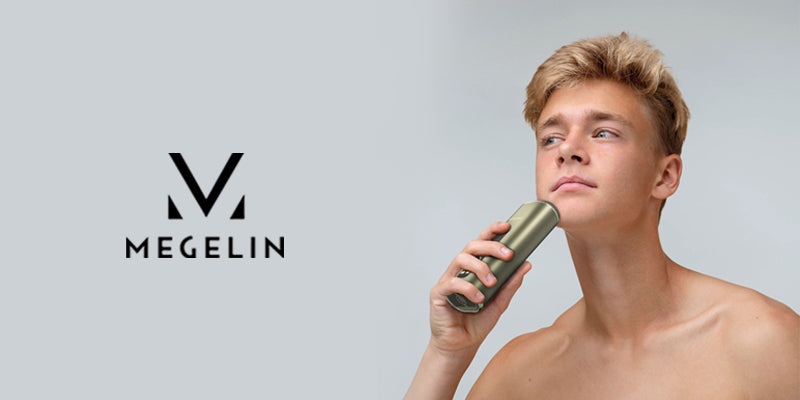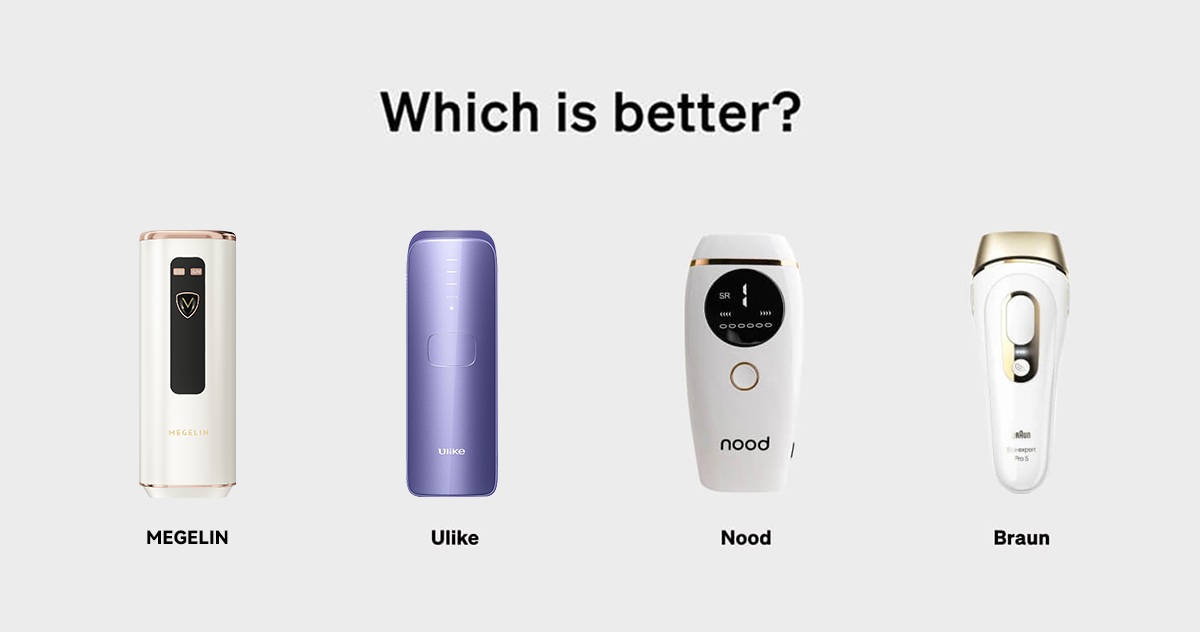
NASA Red Light Therapy: The Science Behind LED Usage
2MegelinNASA red light therapy, a frontier of space-age technology turned healthcare innovation, presents a significant leap in the science of cellular metabolism and tissue repair. Originating from NASA research with space LED lights aimed at growing food in space and various medical applications, this therapy has transcurred its aerospace origins to revolutionize skin rejuvenation and healing procedures on Earth. The exploration of red light therapy by NASA not only showcases the agency's commitment to pioneering advancements beyond our planet but also highlights its potential in enhancing human health and wellness through the modulation of biological processes.
This article delves into the intriguing journey of NASA red light therapy from its inception to its current applications. Beginning with "The Origin of NASA's Red Light Therapy Research," it uncovers the motivations and initial findings that sparked interest in this technology. Subsequent sections, "Scientific Basis: How Red Light Affects Cells," and "Applications and Benefits of Red Light Therapy," provide a deeper understanding of the mechanisms through which red light therapy promotes cellular metabolism and tissue repair, and how these effects have been harnessed for skin rejuvenation, among other medical applications. Through a balanced examination of NASA research, space LED, and the practicalities of incorporating this therapy into everyday health routines—addressing common queries like "can you do red light therapy everyday?" and "does red light nasal therapy work?"—the article offers a comprehensive overview of this innovative treatment, concluding with reflections on its future implications and benefits.
The Origin of NASA's Red Light Therapy Research
The inception of NASA's red light therapy research dates back to experiments aimed at enhancing plant growth in space. In the late 1980s, NASA scientists discovered that specific wavelengths of light, particularly red light, were effective in promoting plant photosynthesis. This led to the development of light-emitting diodes (LEDs) tailored for various applications, including space agriculture [1].
During these experiments, an unintended yet significant observation was made. Researchers, frequently exposed to intense red light, noticed an accelerated healing of their skin lesions. This incidental finding was first documented during experiments with red light on plants and further explored in a 2001 study sponsored by NASA. The study confirmed that red light therapy could expedite wound healing, with findings indicating that wound healing in US Navy SEALs exposed to red light was 40% faster than normal [2].
The practical applications of this discovery were vast. Ron Ignatius, an engineer collaborating with the Wisconsin Center for Space Automation and Robotics (WCSAR), recognized the potential of LEDs in medical scenarios. His company, Quantum Devices Inc., initially focused on plant growth, eventually pivoted to explore medical applications of LED technology. Between 1995 and 2003, NASA funded several projects through SBIR contracts to investigate these medical uses, including wound healing and muscle atrophy prevention in space [3].
This research laid the groundwork for the broader adoption of red light therapy, highlighting its potential not only for space travel but also for various medical applications on Earth. As the technology evolved, it began to address more complex medical issues such as cancer treatment and chronic pain alleviation, proving that the applications of red light therapy were only beginning to be realized [4].
Scientific Basis: How Red Light Affects Cells
How Red Light Facilitates Healing
Red light therapy, known for its therapeutic benefits, is believed to accelerate healing by stimulating mitochondrial function and enhancing cellular metabolism. Studies indicate that specific wavelengths of red and near-infrared light are absorbed by cytochrome C oxidase, a crucial enzyme in the cellular energy process [3]. This absorption triggers a cascade of intracellular reactions enhancing the production of adenosine triphosphate (ATP), the energy currency of the cell. This process not only boosts cell proliferation and tissue repair but also reduces inflammation, which is vital in treating various medical conditions including skin rejuvenation and muscle repair [3] [5].
Impact on Mitochondria and Cellular Energy
The mitochondria, often described as the powerhouses of the cells, play a pivotal role in energy production. Red light therapy enhances the function of mitochondria by increasing the production of ATP, thereby improving the overall energy status of the cell [6]. This increase in ATP production helps in various cellular functions, including the enhancement of healing processes and reduction of oxidative stress, which is implicated in aging and several diseases [7]. The interaction of red light with mitochondria leads to improved cellular respiration and health, contributing significantly to the efficacy of red light therapy in clinical treatments [8] [9].
Applications and Benefits of Red Light Therapy
Wound Healing
NASA red light therapy has been instrumental in advancing wound healing processes. Research indicates that exposure to specific wavelengths of red light can significantly accelerate the closure of wounds by stimulating cells in the dermis to produce collagen and other proteins essential for skin structure and function. This application is particularly beneficial for patients with chronic wounds or those recovering from surgery, as it helps reduce the healing time and improves the quality of scar tissue.
Pain Relief
Another significant benefit of red light therapy is its ability to alleviate pain. The therapy is known to reduce inflammation and decrease nerve activity that causes pain sensations. Patients suffering from conditions like arthritis, back pain, and neuropathy have reported substantial relief after undergoing red light therapy sessions. The non-invasive nature of this treatment makes it an attractive alternative to pharmaceutical pain management strategies.
Skin Treatments
In the realm of dermatology, red light therapy is celebrated for its skin rejuvenation properties. It helps in reducing signs of aging such as wrinkles, fine lines, and age spots by enhancing collagen production. Additionally, it is effective in treating acne and other skin conditions by regulating sebum production and reducing inflammation. Regular sessions of red light therapy can lead to clearer, more youthful-looking skin, making it a popular choice in cosmetic skin care.
Conclusion
Throughout this exploration of NASA red light therapy, we've navigated the origins and scientific paradigms that transformed space technology into a groundbreaking health innovation. The journey from enhancing plant growth in space to promoting wound healing and skin rejuvenation on Earth underscores the versatility and profound impact of this therapy. By delving into the mechanisms of how red light influences cellular processes and the myriad applications from medical treatments to cosmetic enhancements, we've illuminated the pivotal role of NASA research in advancing our understanding and application of red light therapy. This not only anchors the significance of the therapy in today's health and wellness landscapes but also triggers curiosity about its potential future benefits.
The implications of NASA red light therapy extend beyond the confines of current medical use, hinting at a future where its integration into daily health routines could revolutionize preventive care and treatment modalities. As this article has shown, the promise of red light therapy, underpinned by rigorous NASA research, embodies a significant leap towards harnessing light's intrinsic power to heal and rejuvenate. This beckons a closer examination and broader application of red light therapy, encouraging further research and innovative thinking to uncover its full spectrum of benefits. Ultimately, as we continue to unravel the mysteries of light's impact on health, NASA red light therapy stands as a beacon of scientific achievement and a testament to the endless possibilities of space research applied on Earth.
FAQs
1. Is there scientific proof supporting LED light therapy?
LED light therapy has some supporting evidence, but the results are not definitively conclusive. These devices, which use light-emitting diodes (LEDs), are promoted for their benefits against wrinkles, redness, aging signs, acne, scars, and dark spots, although the effectiveness can vary.
2. Does science support the use of red light therapy?
Yes, red light therapy is scientifically supported, particularly in its application in photodynamic therapy. This method involves using low-power red laser light to activate a photosensitizer drug, which then causes a chemical reaction that can destroy cells.
3. Has NASA implemented red light therapy for astronauts?
NASA has indeed utilized red light therapy for astronauts in space, which has significantly increased public interest in this technology. Research involving scientists from various institutions, including The Medical College of Wisconsin, has further explored its benefits.
4. What are the scientific principles behind red light therapy masks?
Red light therapy masks work by using red and near-infrared light to stimulate processes in the body. This includes boosting collagen production and enhancing blood circulation. The result is faster healing of skin wounds like burns or ulcers and a reduction in aging signs such as wrinkles and brown spots.
References
[1] - https://www.celluma.com/blogs/blog/nasa-and-red-light-therapy
[2] - https://mitoredlight.com/blogs/mito-red-blog/the-history-of-red-light-therapy-a-comprehensive-timeline
[3] - https://spinoff.nasa.gov/NASA-Research-Illuminates-Medical-Uses-of-Light
[4] - https://spinoff.nasa.gov/Spinoff2005/hm_1.html
[5] - https://ntrs.nasa.gov/citations/20030001599
[6] - https://my.clevelandclinic.org/health/articles/22114-red-light-therapy
[7] - https://joovv.com/blogs/joovv-blog/how-red-near-infrared-light-stimulates-cellular-respiration-boosts-energy-production
[8] - https://www.ncbi.nlm.nih.gov/pmc/articles/PMC2996814/
[9] - https://www.mitolight.com/how-does-red-light-therapy-work/









